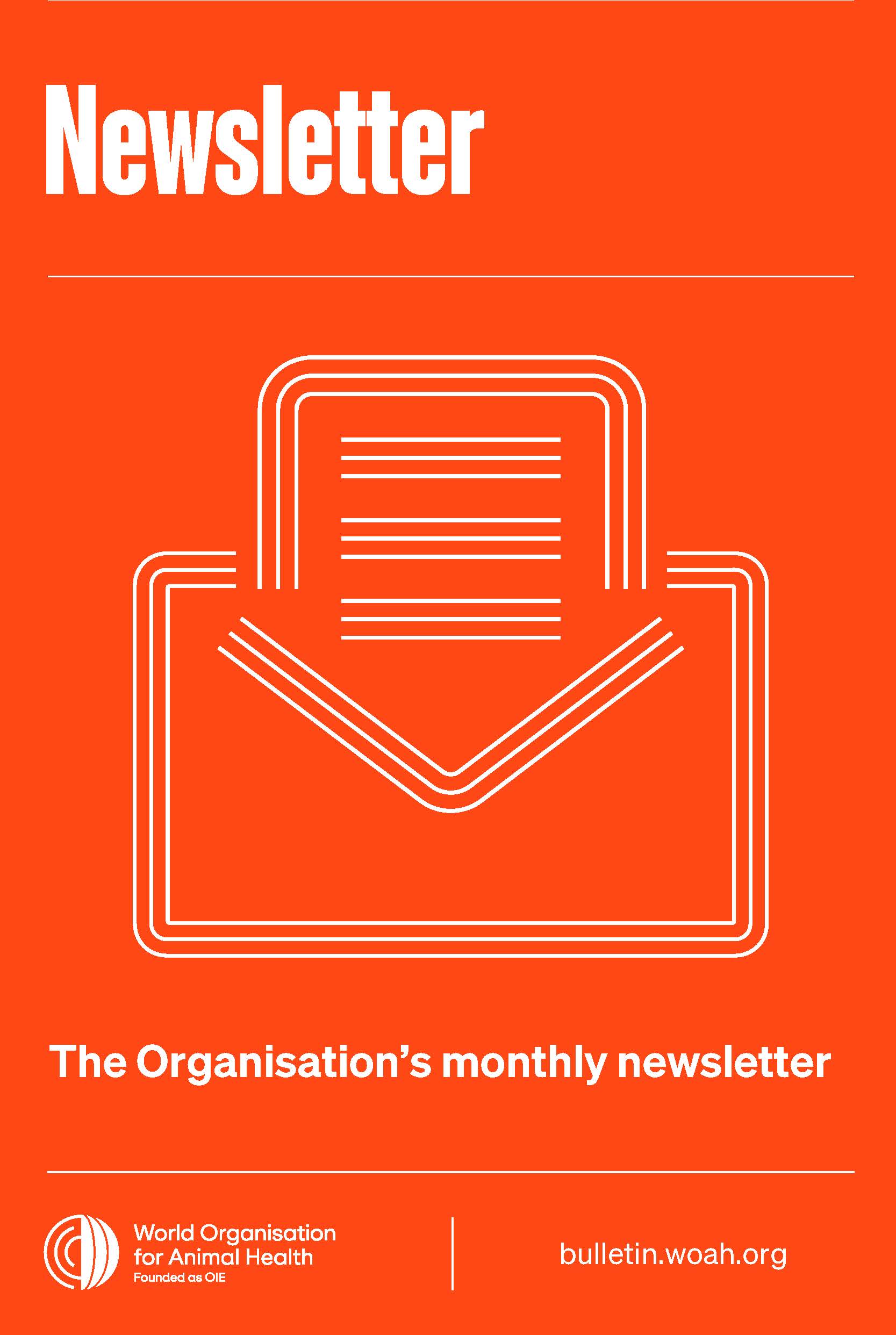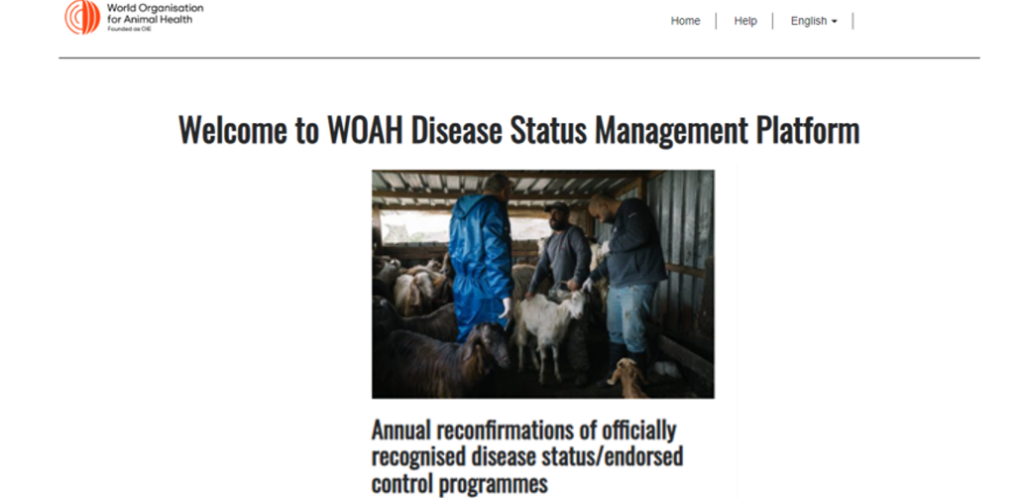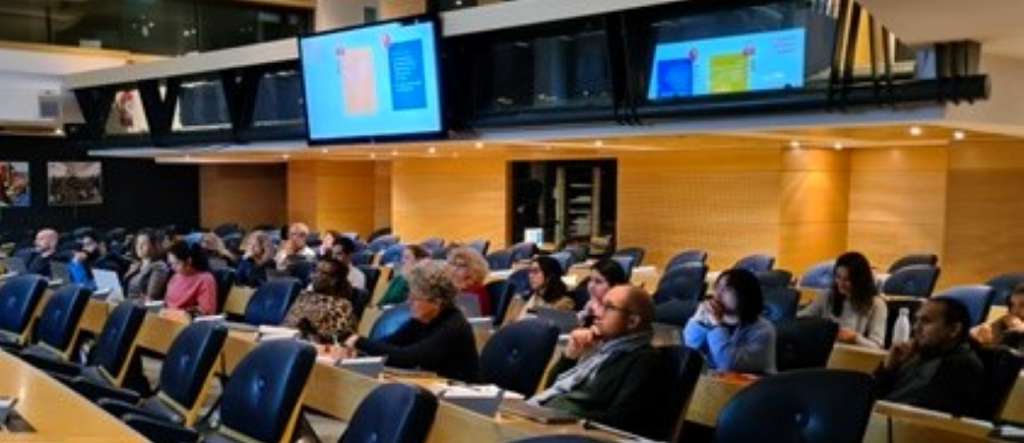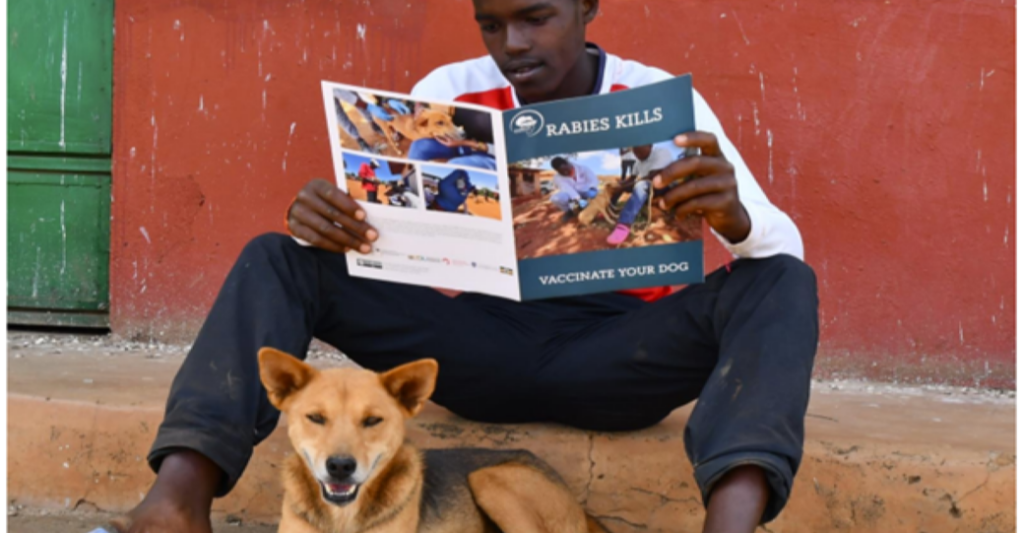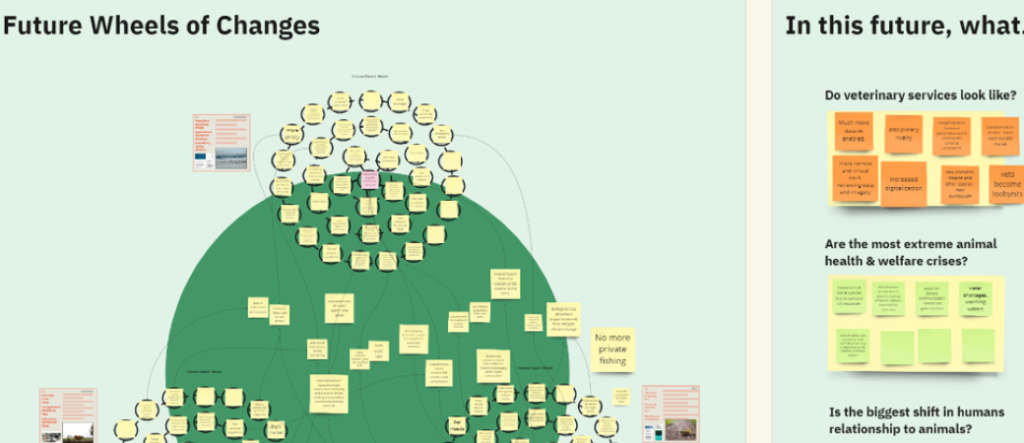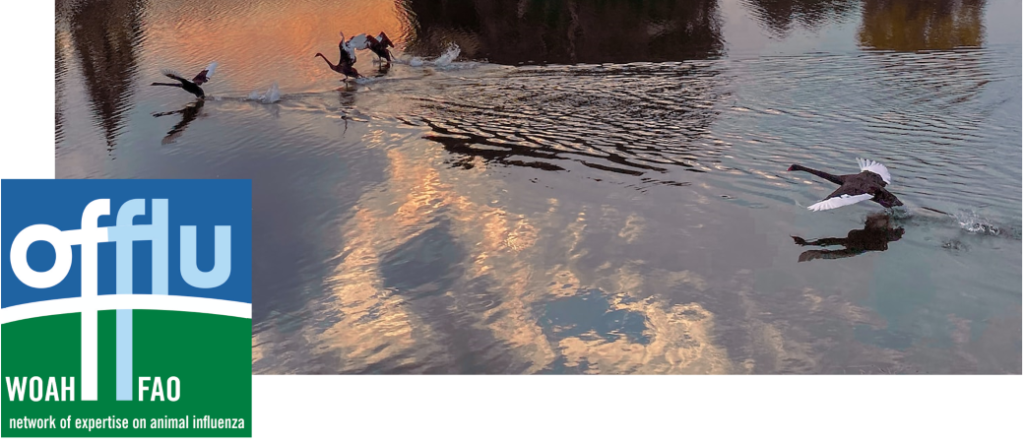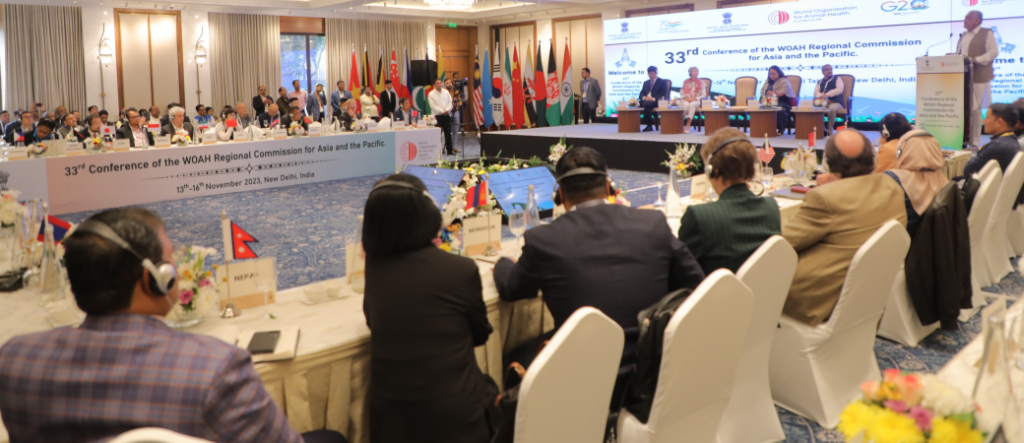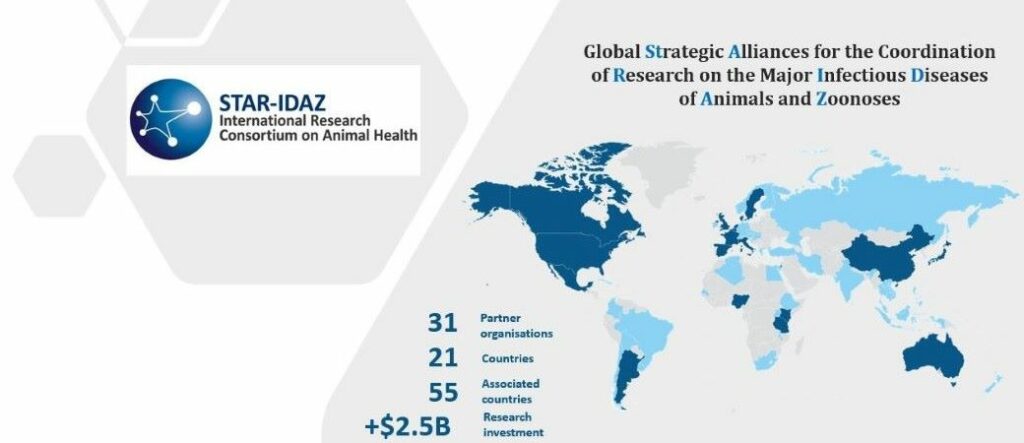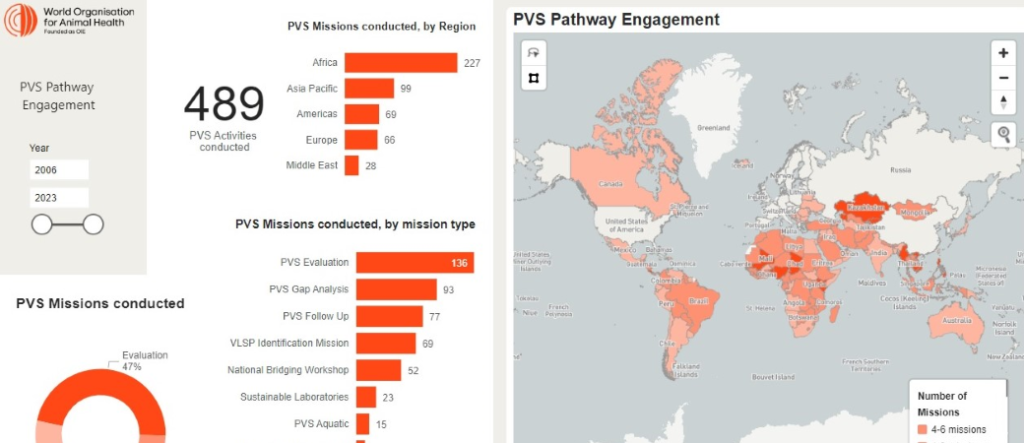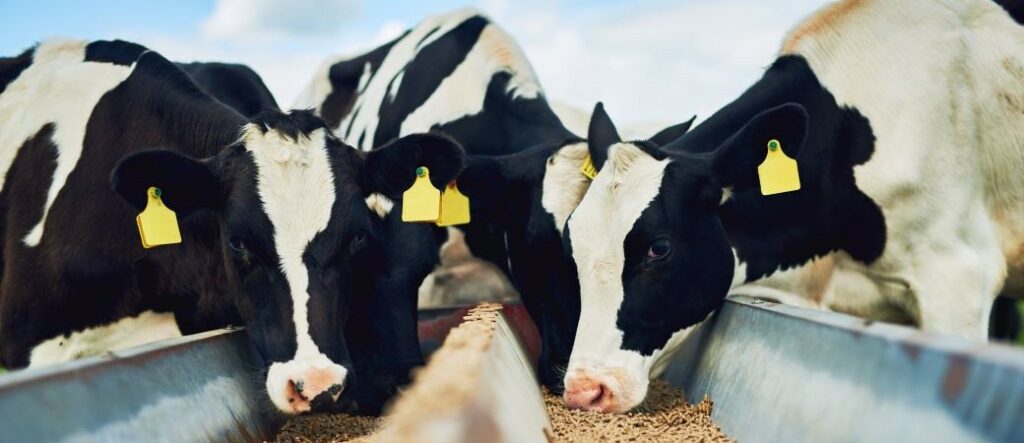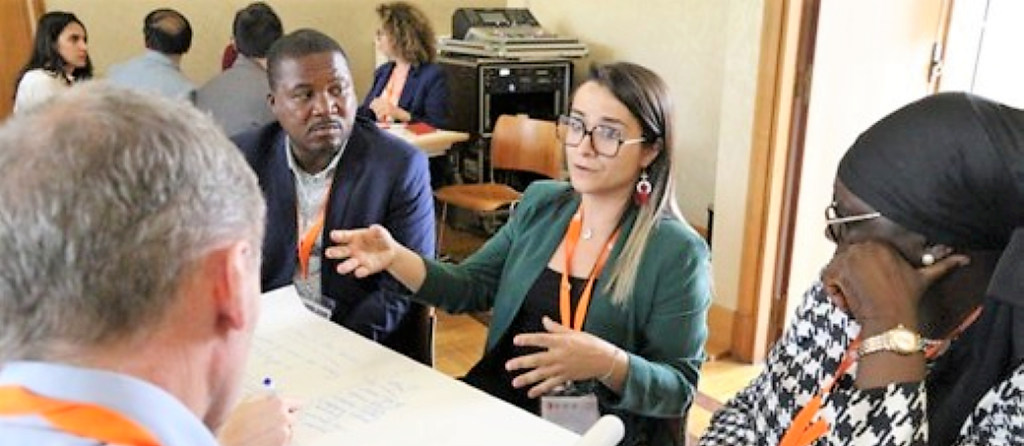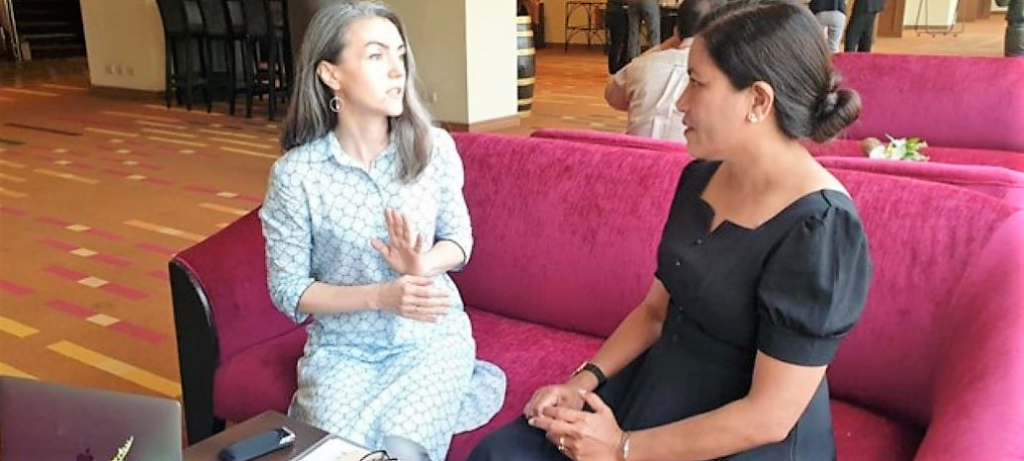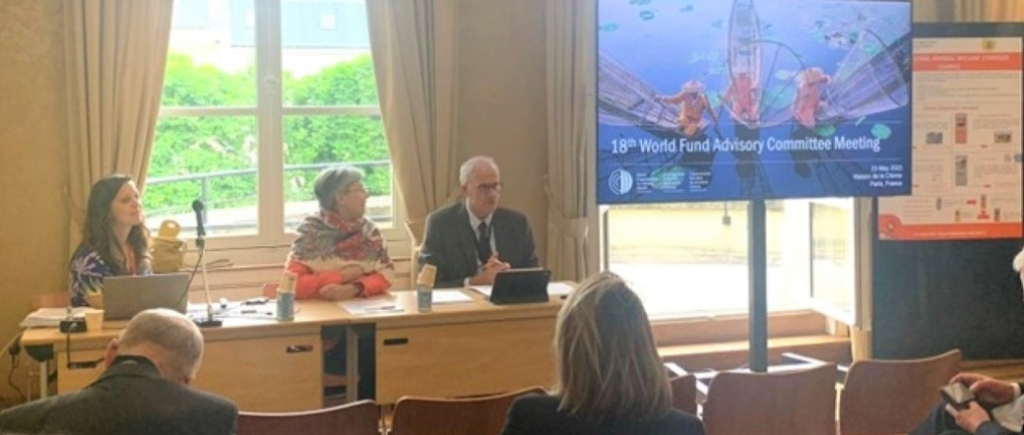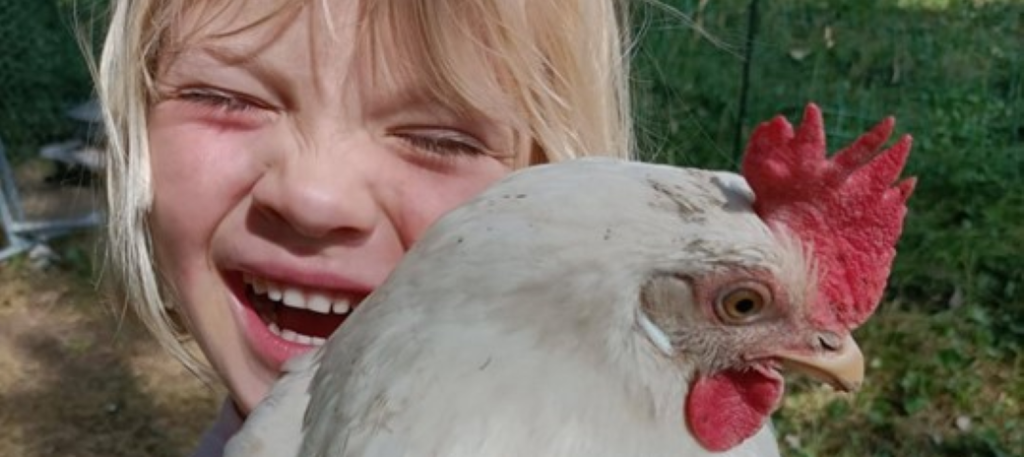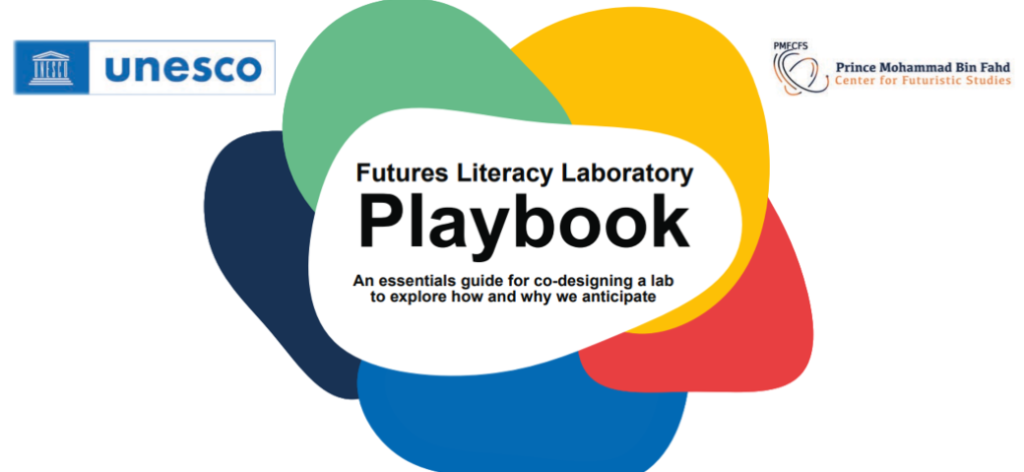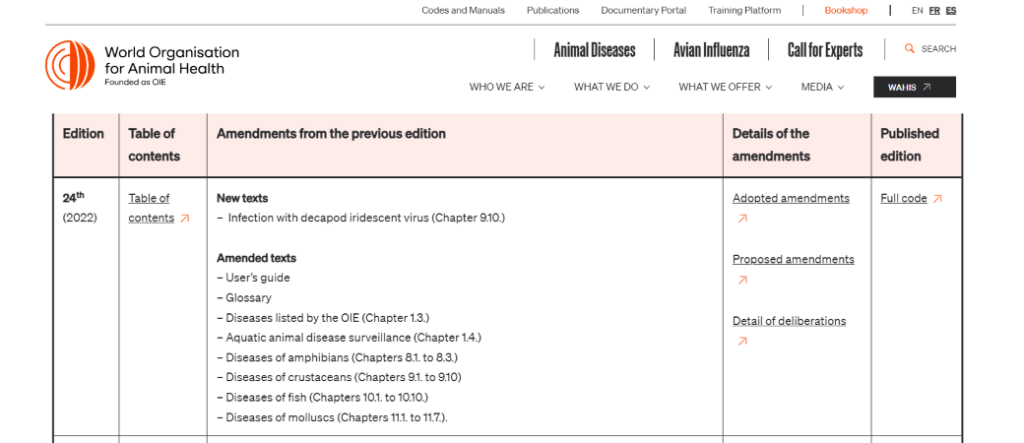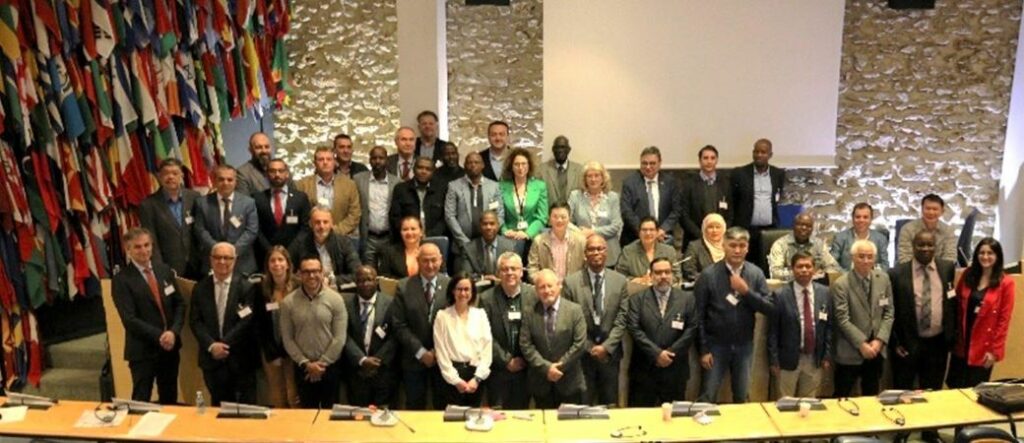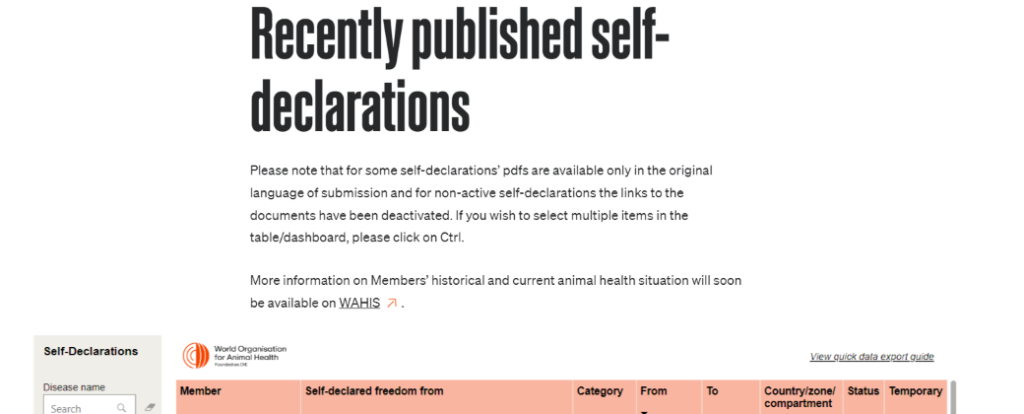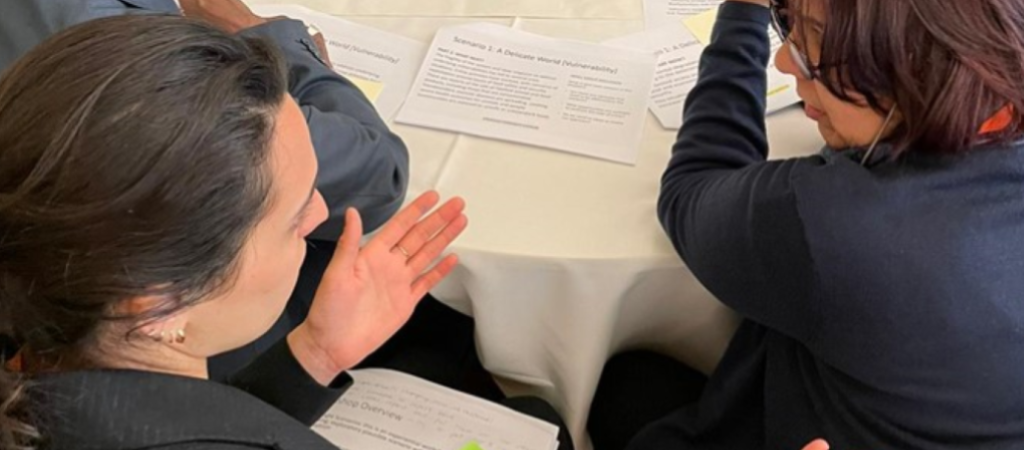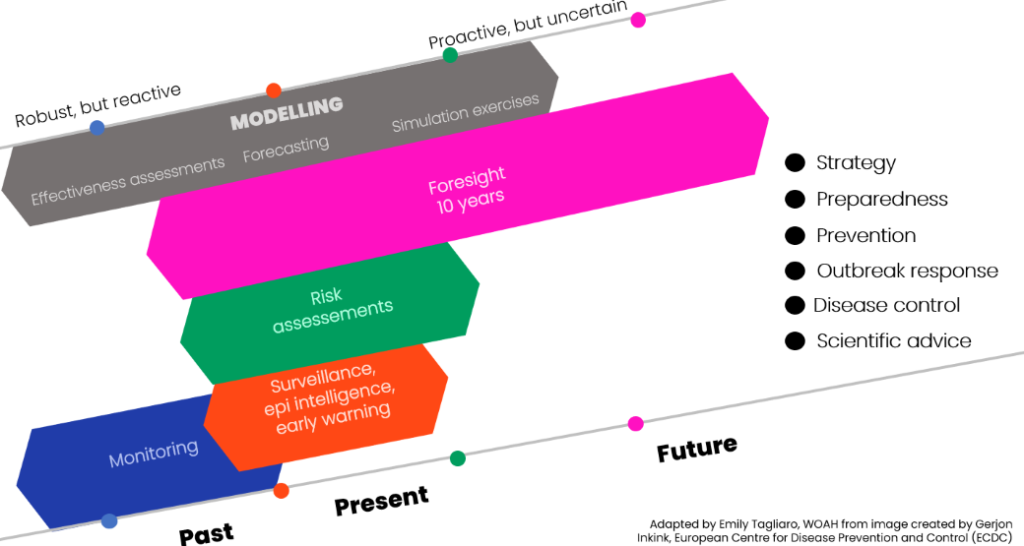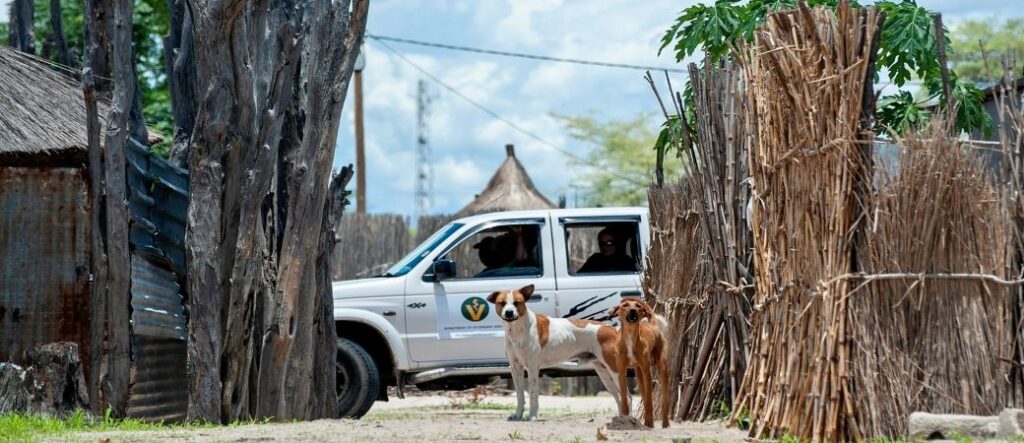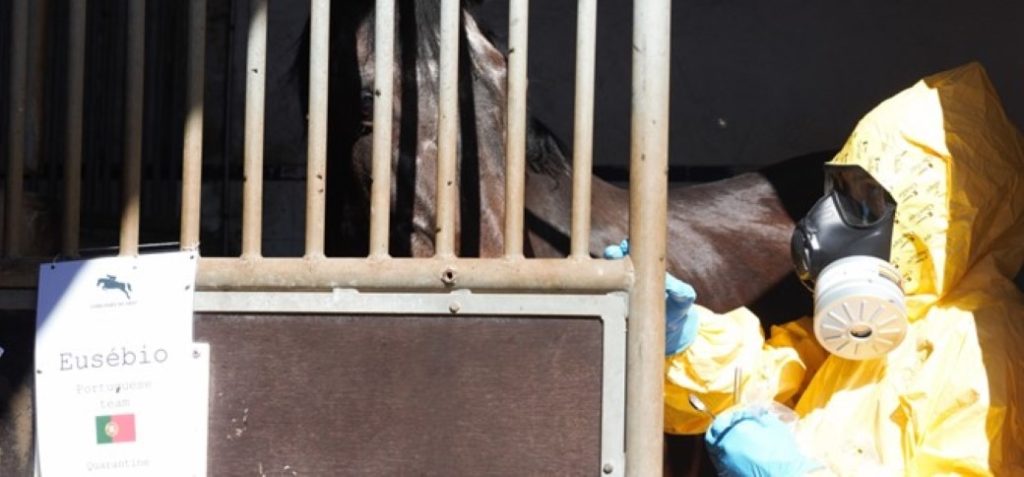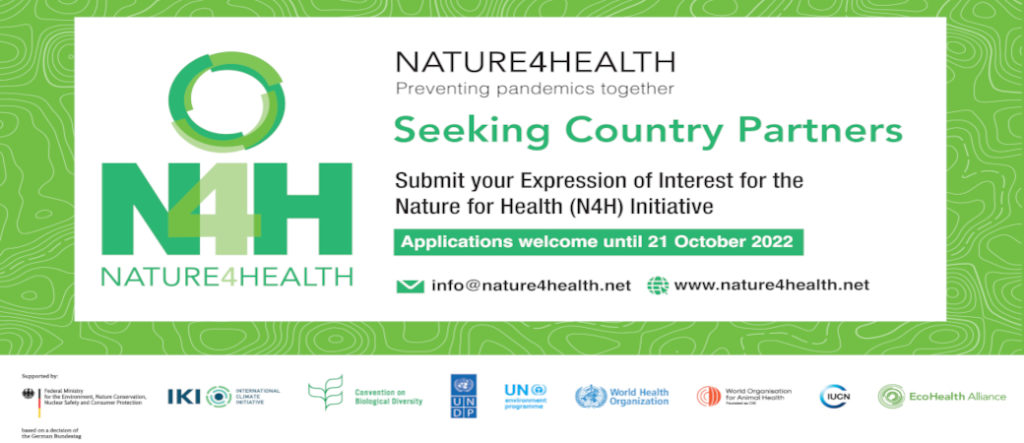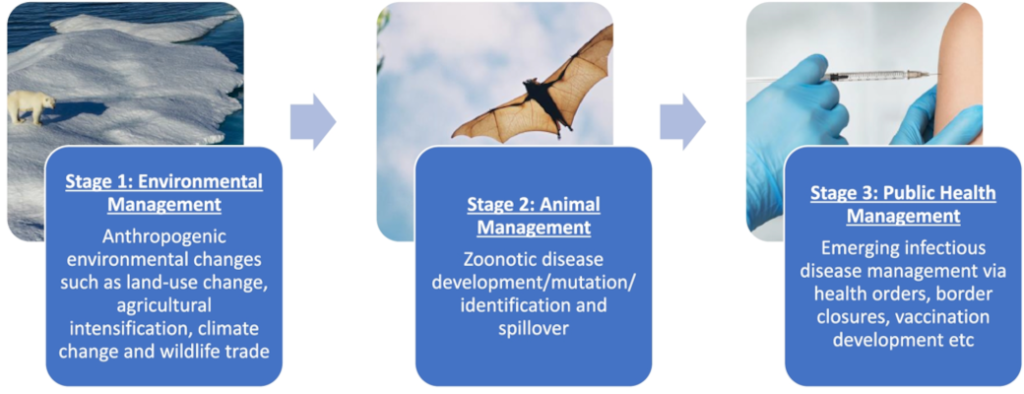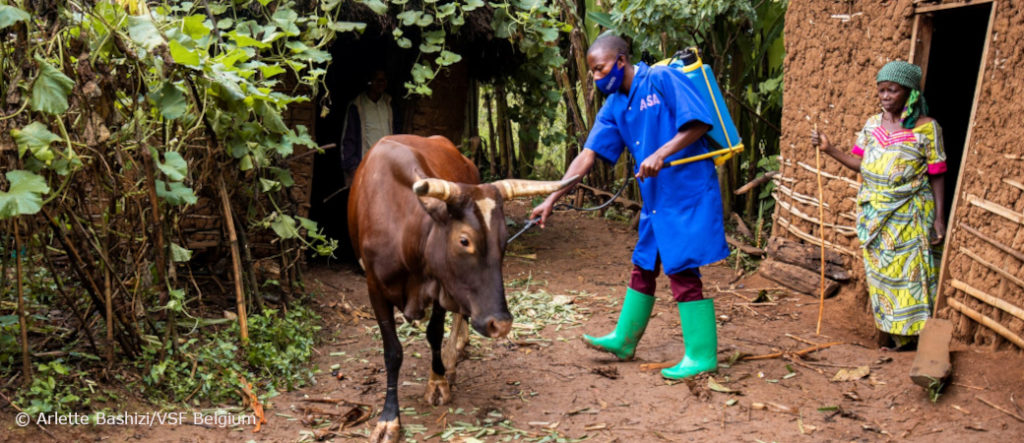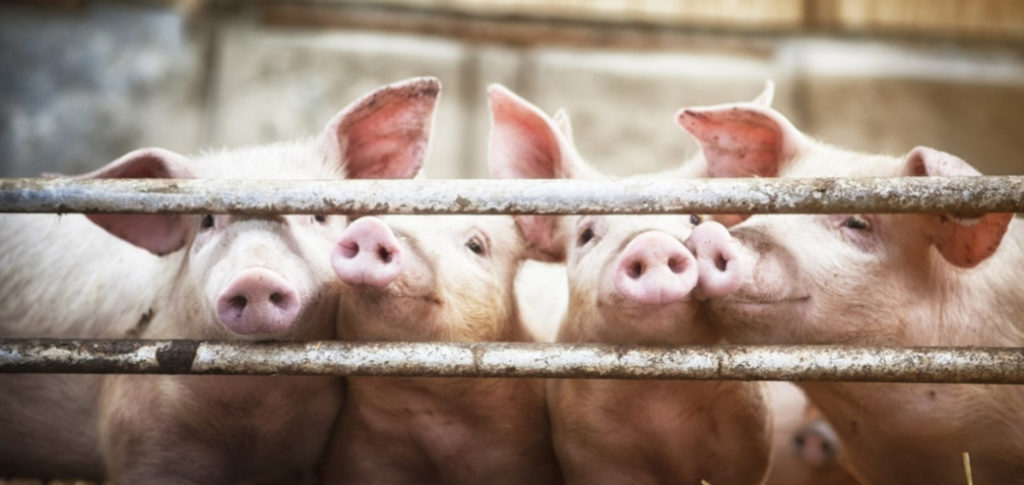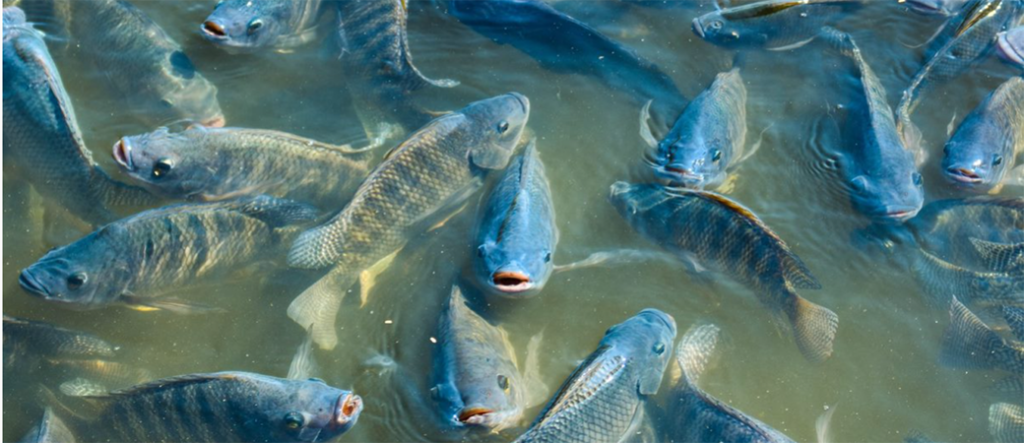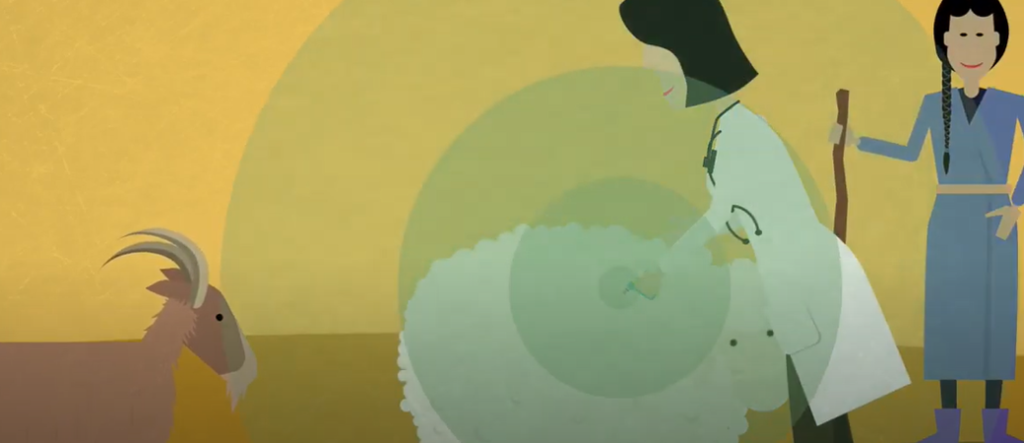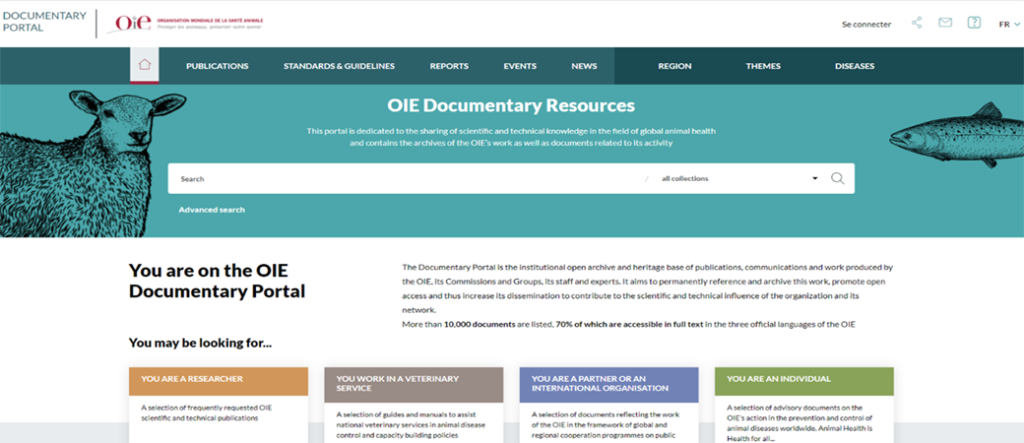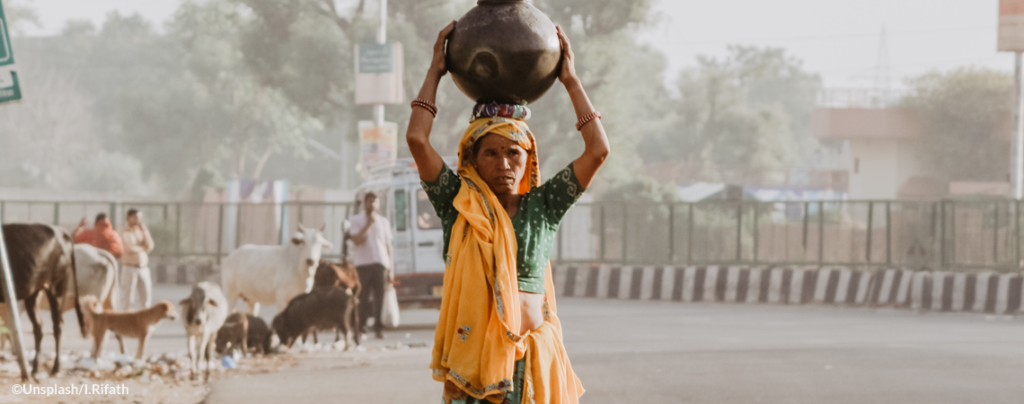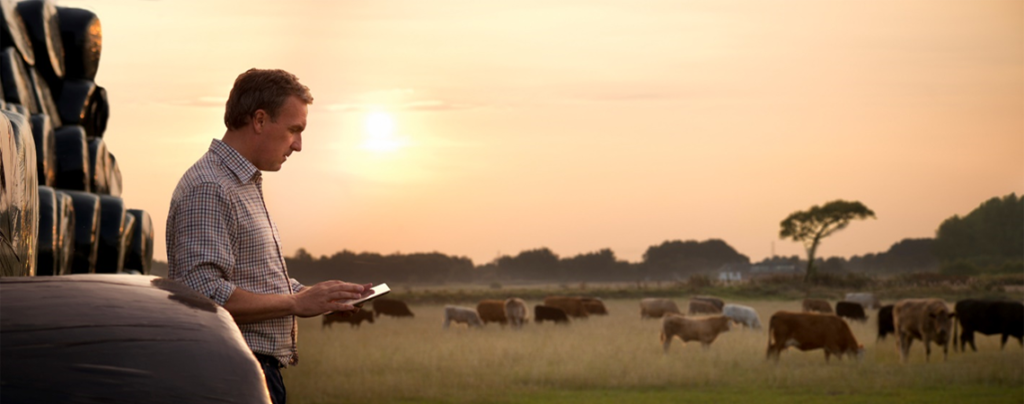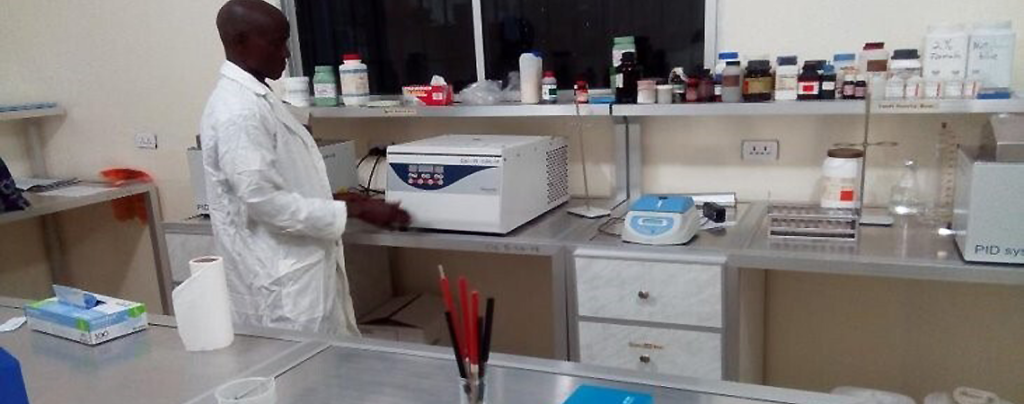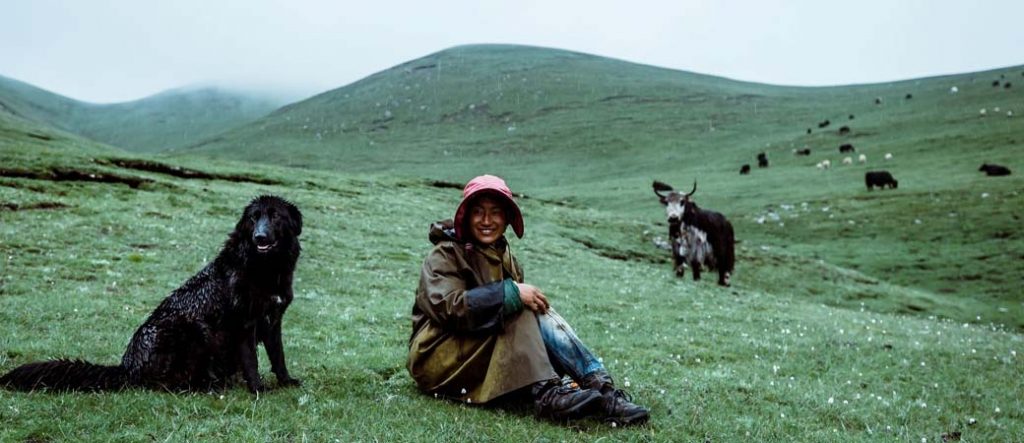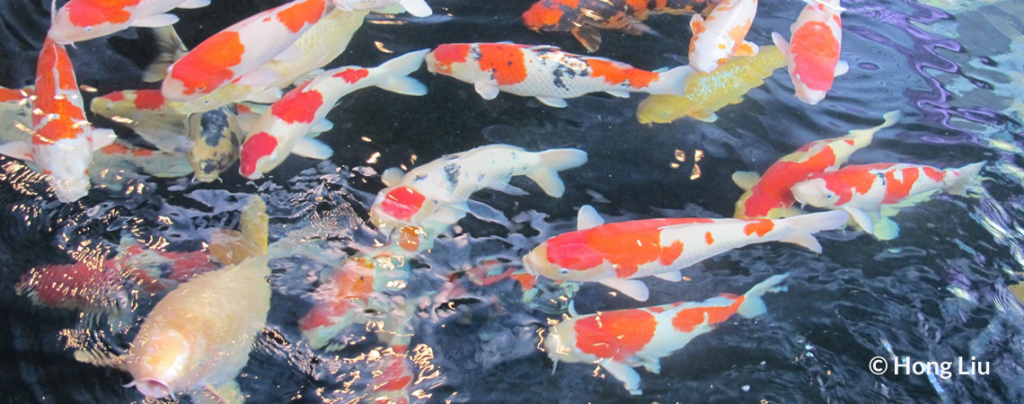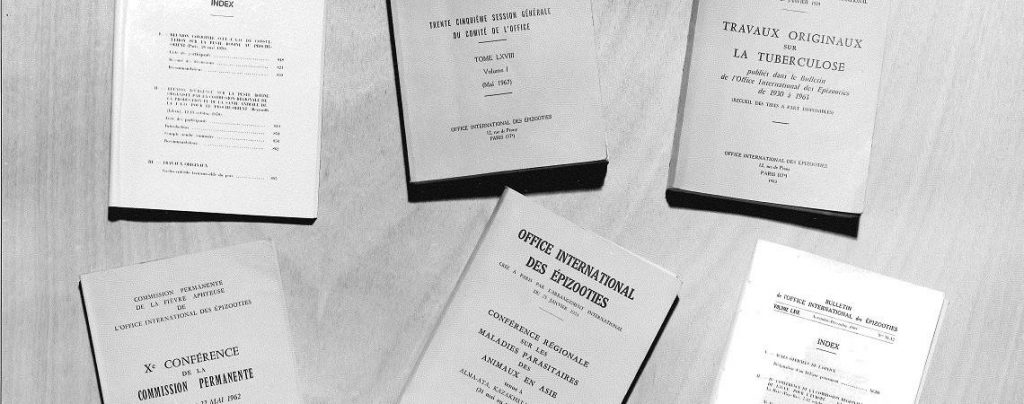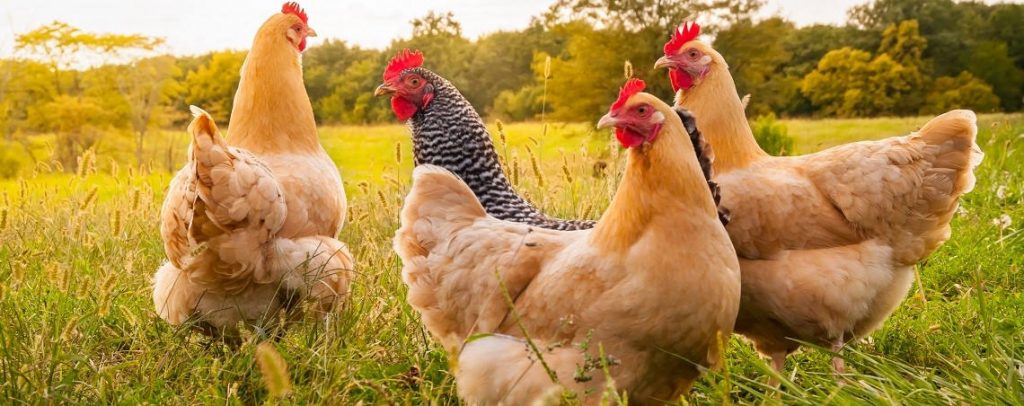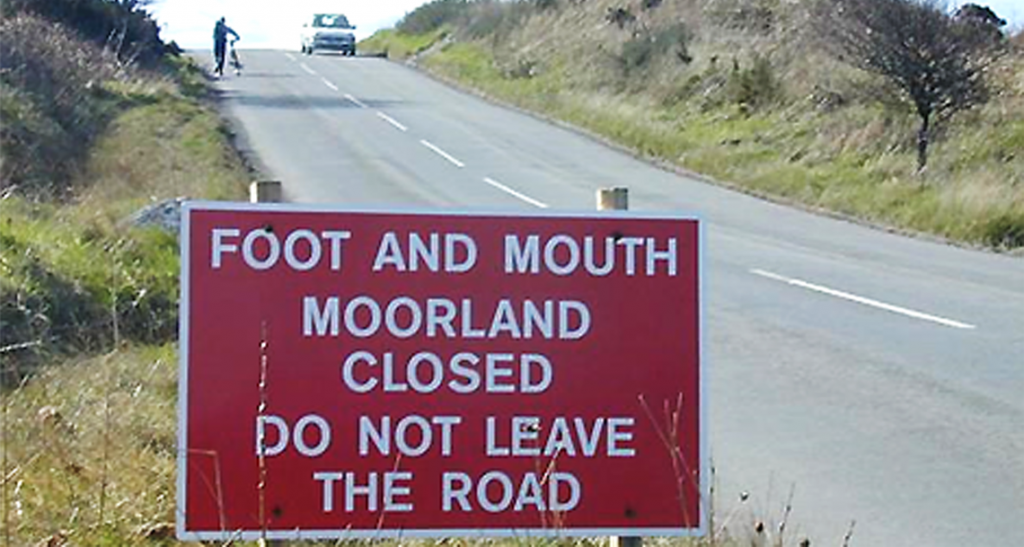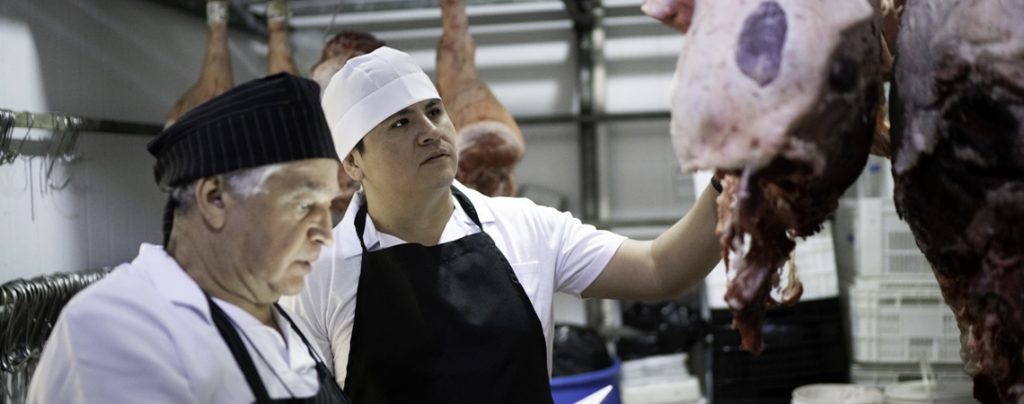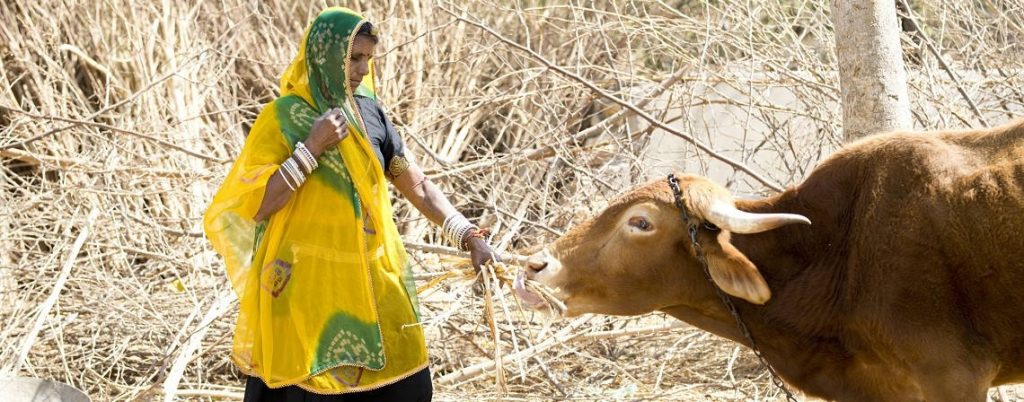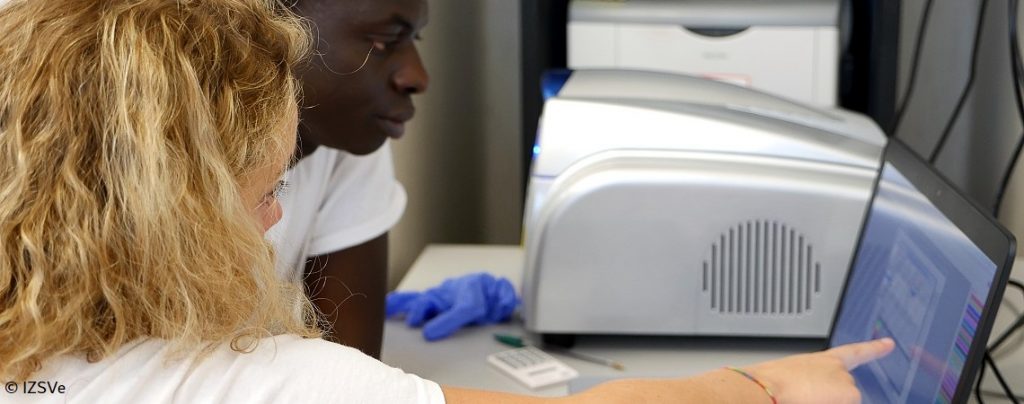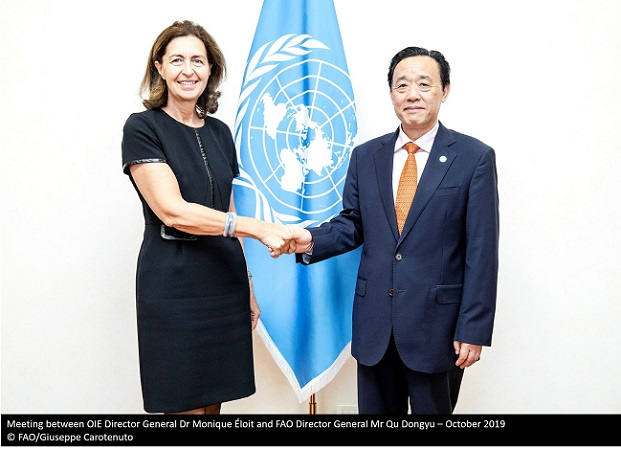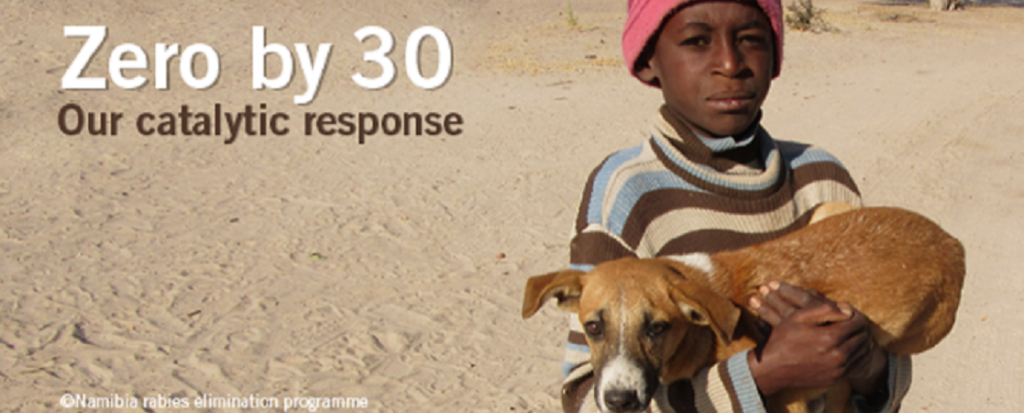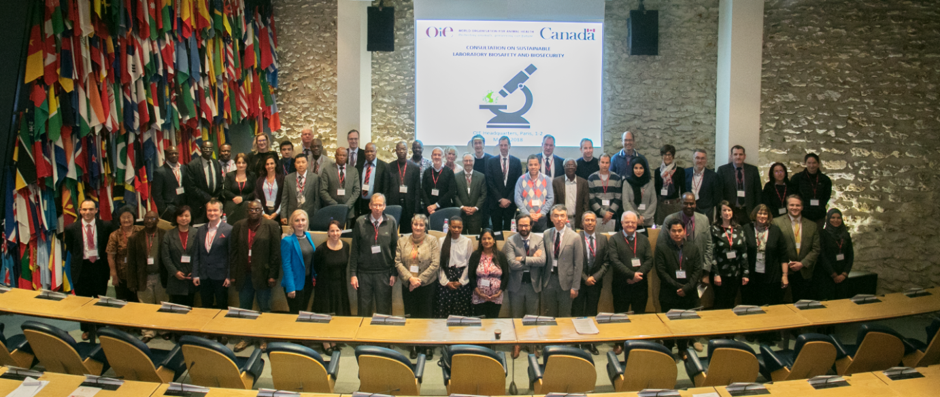CONTINUOUS INFORMATION Posted on 2020-12-16 15:20:19
Assessing the risks of zoonotic diseases under the One Health approach: a new tripartite operational tool
Keywords
To support countries in building multisectoral mechanisms to jointly assess the risks at the human–animal–environment interface, a new operational tool is available to complement the existing Tripartite Guide to Addressing Zoonotic Diseases in Countries.
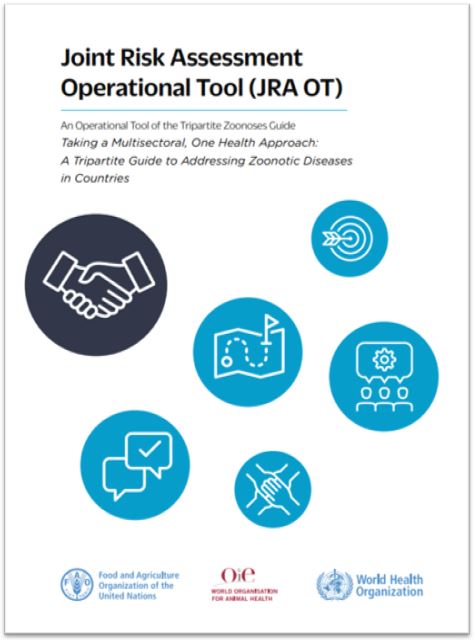
The new Joint Risk Assessment Operational Tool (JRA OT) has been developed by the Tripartite organisations (FAO, OIE and WHO) and technical experts to provide guidance on how to set up a joint risk assessment process at the national level. While it describes step by step how to conduct each component of the process, it also provides model documents and templates to support its implementation by staff from national ministries responsible for the management of zoonotic diseases.
What are the benefits for countries?
- Bringing together a wealth of expertise and information from all relevant sectors to jointly assess risks from zoonotic diseases contributes to the understanding and management of shared threats at the human–animal–environment interface.
- The information provided by a joint risk assessment makes it possible to implement relevant actions according to evaluations of event likelihood and impact.
- Thanks to the recommendations on risk monitoring, management and communication resulting from a joint risk assessment, decision-makers can implement science-based measures and align communication messages between sectors.
As underlined by COVID-19, the impact of emerging diseases goes far beyond the public and animal health sectors: nearly all sectors are adversely affected. Therefore, multiple sectors and disciplines must work together in response to these sanitary challenges. This applies to both risk assessments, as well as to other aspects of national health systems.
On the eve of a new year, let’s seize this opportunity to improve our collaborative response to zoonotic diseases, as well as to other risks at the human–animal–environment interface.
◼ December 2020
| Want to know more about the Tripartite Zoonoses Guide? |





